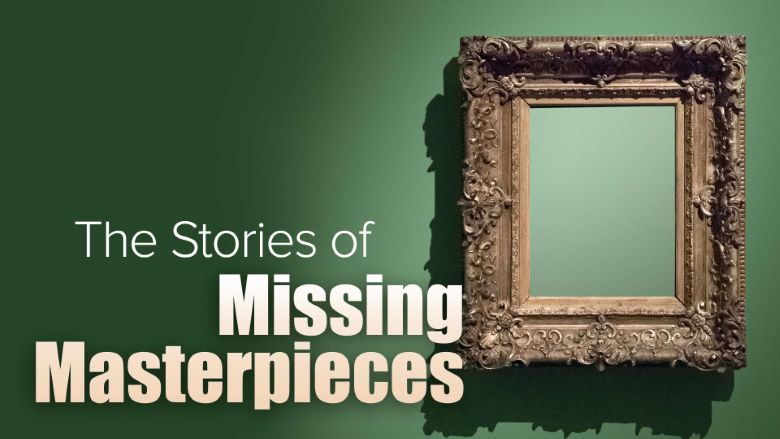در حال حاضر محصولی در سبد خرید شما وجود ندارد.

Imagine you could visit a Museum of Lost Art. If this imaginary museum contained just the artwork we knew was lost—whether from theft, purposeful destruction, vandalism, war, or the forces of nature—it would still contain more masterpieces than those in all of the world’s current museums combined. Among its many treasures, it would hold:
In Lost Art: The Stories of Missing Masterpieces, art historian and art crime expert Noah Charney guides you through just such an imaginary museum. In 12 fascinating lectures accompanied by stunning images, you will hear the stories behind the theft and/or destruction of some of the world’s most famous pieces of art. From the earthquake that felled the Colossus of Rhodes in 226 BCE to the Taliban’s iconoclastic destruction of the 500-year-old Buddha Statues at Bamiyan in the 21st century, no one knows how many great works of art have been destroyed or lost throughout history. Only very few have ever resurfaced.
We can only imagine how the artists of those works might feel. To have struggled, sometimes for years or even decades, to produce a work with painstaking clarity—having used a paintbrush with only one bristle, in at least one case—only to have it lost or destroyed. Or consider Pythius and Satyros, the Greeks who built the Mausoleum at Halicarnassus, one of the seven wonders of the ancient world, only to have it ruined by earthquakes. And what about the architects of the Hanging Gardens of Babylon … or did they ever really exist? You’ll be fascinated and surprised by these many stories of lost art.
What We Don’t Know
In Lost Art: The Stories of Missing Masterpieces, you’ll hear some familiar names, such as Rembrandt, Van Gogh, Da Vinci, Goya, and you might recognize many of their works. Although we don’t know how many of their works have been lost or stolen, many have been documented as such. Overall, we have no way of knowing about the thousands and thousands of pieces of art that were destroyed or stolen without any record of their existence to pass on.
And then there was Michelangelo, who purposefully destroyed many of his own drawings. In his time and place, there was great cultural significance placed on sprezzatura—the concept that what you do should come to you easily—which, in his case, included creating some of the most significant art the world had ever seen. Consequently, he burned up scores of his work-in-progress drawings into the fire, leaving behind only what he considered to be perfection.
As you will see, the destruction and loss of art can be the result of many factors, both intentional and simply inevitable. Noah will take you through discussions about dozens of artworks and historical sites whose whereabouts are completely unknown at this time, including:
What We Do Know
The US Department of Justice has ranked art crime as the third-highest grossing criminal trade, behind only the drugs and arms trades. And in Italy alone, more than 20,000 pieces of art are annually reported as stolen. In this course, Noah will highlight some of the very few works that have been recovered, including:
Acts of Nature
Due to the fragile nature of many art pieces, time and the environment are its natural enemies. Even artworks made of stone and metal cannot withstand the elements, indefinitely. You’ll consider works that have been affected by the progress of time and the vicissitudes of nature, such as:
While no one knows how many pieces of art large and small would be in an imaginary Museum of Lost Art, consideration of that museum has helped us recognize and better appreciate the artwork that is in existence today. None of it is permanent; all of it is fragile, and even the most robust pieces have a temporal quality. That very nature helps you appreciate what needs to be appreciated today.
در این روش نیاز به افزودن محصول به سبد خرید و تکمیل اطلاعات نیست و شما پس از وارد کردن ایمیل خود و طی کردن مراحل پرداخت لینک های دریافت محصولات را در ایمیل خود دریافت خواهید کرد.
✨ تا ۷۰% تخفیف با شارژ کیف پول 🎁
مشاهده پلن ها